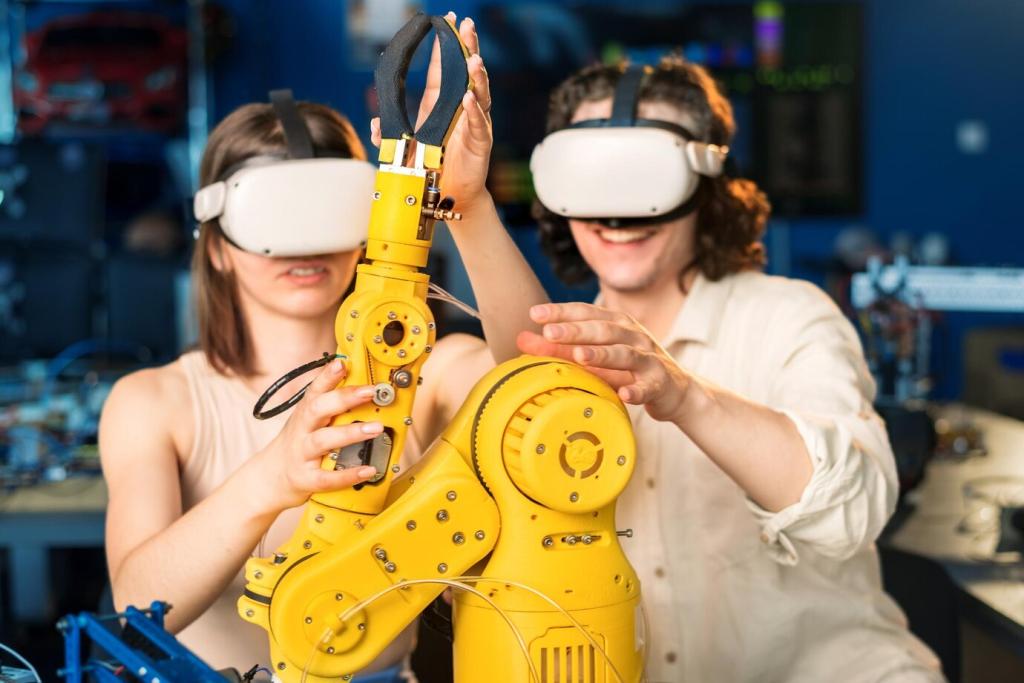Creativity and Imagination in Motion
Prompts like “deliver a letter to the castle” or “rescue the stuffed bunny” encourage children to construct worlds, plan routes, and decorate maps. The robot becomes a character in imaginative adventures, blending engineering with narrative play and joyful problem solving.
Creativity and Imagination in Motion
Children sequence commands to act out stories: a robot pirate navigates islands, or a mail carrier visits houses. These playful scripts strengthen sequencing, vocabulary, and comprehension, while connecting literacy to purposeful movement across a child-made landscape.




